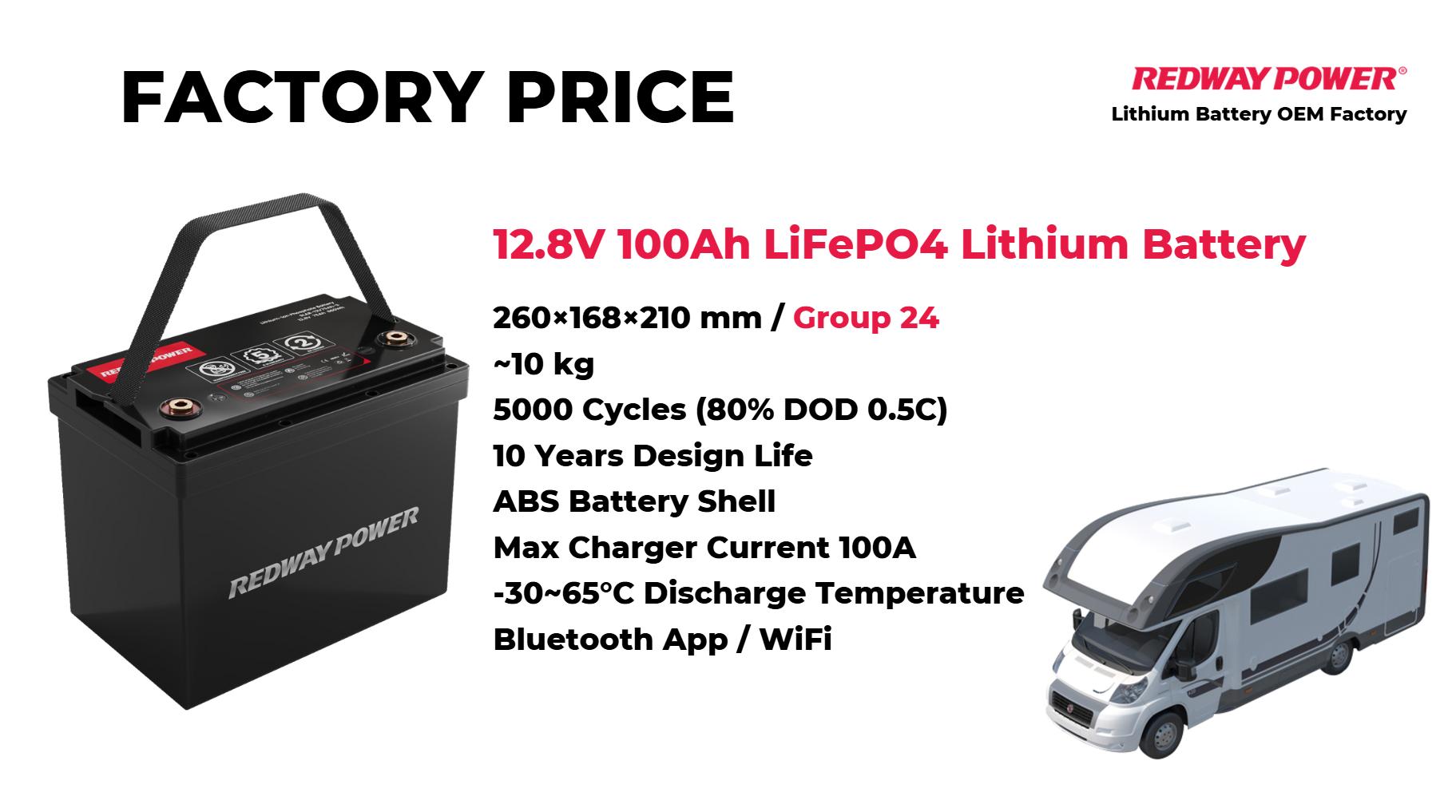
How Will the Transition from Lead-Acid to Lithium-Ion Change 12V Battery Systems?
A 12V battery is essential for powering various electrical systems in vehicles, including lights, infotainment, and engine management. Traditionally, lead-acid batteries have been used, but with advancements in technology, lithium-ion batteries are emerging as a viable alternative. This transition promises improved efficiency and reduced environmental impact.
What is a 12V battery and its significance in vehicles?
A 12V battery serves as a power reservoir for automotive electrical systems. It provides energy for starting engines and operating accessories when the engine is off. The standard voltage ensures compatibility across various vehicle models, making it a critical component in both conventional and electric vehicles.
How does a lead-acid battery function and what are its components?
Lead-acid batteries consist of six cells connected in series, each producing approximately 2.1 volts. The main components include:
- Positive Plates: Made from lead dioxide.
- Negative Plates: Composed of sponge lead.
- Electrolyte: A diluted sulfuric acid solution.
- Separator: Prevents short circuits between plates.
These components work together to facilitate chemical reactions that generate electricity when needed.
Why is safety crucial in low voltage (12V) battery systems?
Safety is paramount in low voltage (12V) battery systems due to potential risks such as short circuits, overheating, and failure modes that could compromise vehicle functionality. Implementing dual-redundant power architectures helps mitigate these risks by ensuring continuous power supply even if one system fails.
What are the common failure modes of 12V batteries and how can redundancy improve reliability?
Common failure modes include:
- Short Circuits: Can cause immediate failure.
- Overcharging: Leads to gassing and potential explosion.
- Deep Discharge: Reduces lifespan significantly.
Redundancy improves reliability by allowing alternative power sources, such as an alternator or DC/DC converter, to take over if the primary system fails, ensuring that critical vehicle functions remain operational.
What alternatives exist to traditional lead-acid batteries?
With increasing concerns over environmental impact and performance limitations, several alternatives to traditional lead-acid batteries have emerged:
- Lithium-Ion Batteries: Offer higher energy density, lighter weight, and longer cycle life.
- Nickel-Metal Hydride (NiMH): Commonly used in hybrid vehicles but less efficient than lithium-ion.
- Supercapacitors: Provide rapid charge/discharge capabilities but lower energy density compared to batteries.
How does lithium-ion technology compare to lead-acid batteries?
Lithium-ion technology presents several advantages over traditional lead-acid batteries:
| Feature | Lead-Acid Batteries | Lithium-Ion Batteries |
|---|---|---|
| Weight | Heavier | Lighter |
| Energy Density | Lower | Higher |
| Cycle Life | ~300 cycles | ~2000+ cycles |
| Maintenance | Requires regular checks | Minimal maintenance |
| Environmental Impact | Toxic materials | Less toxic |
These factors make lithium-ion a preferred choice for modern automotive applications.
What is the future of 12V power distribution networks in electric vehicles?
The future of 12V power distribution networks lies in integrating high-voltage systems with advanced converters that eliminate the need for traditional physical batteries. This approach reduces weight and complexity while improving efficiency through virtualized power solutions that draw directly from high-voltage traction batteries.
How can you maintain your 12V battery for optimal performance?
To ensure optimal performance of your 12V battery, consider these maintenance tips:
- Regularly check electrolyte levels (for flooded types).
- Clean terminals to prevent corrosion.
- Ensure proper charging practices.
- Monitor for signs of wear or damage.
Maintaining these aspects can significantly extend the lifespan of your battery.
Industrial News
Recent developments indicate that Europe plans to phase out lead-acid batteries by 2030, prompting automotive manufacturers to seek alternatives like lithium-ion technology for their vehicles’ electrical systems. This shift aims not only at improving performance but also at reducing environmental hazards associated with traditional batteries. Companies like Vicor are leading innovations by proposing high-voltage-to-low-voltage converters that could eliminate physical 12V batteries altogether.
LiFePO4 Battery Expert Views
Gareth Price, Director Assurance & Safety at Eatron Technologies, states: “The transition from lead-acid to lithium-ion technology represents not just an upgrade but a necessary evolution in automotive design. As we move towards more automated vehicles, ensuring high integrity power supplies becomes crucial for safety-critical functions.”
